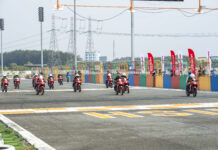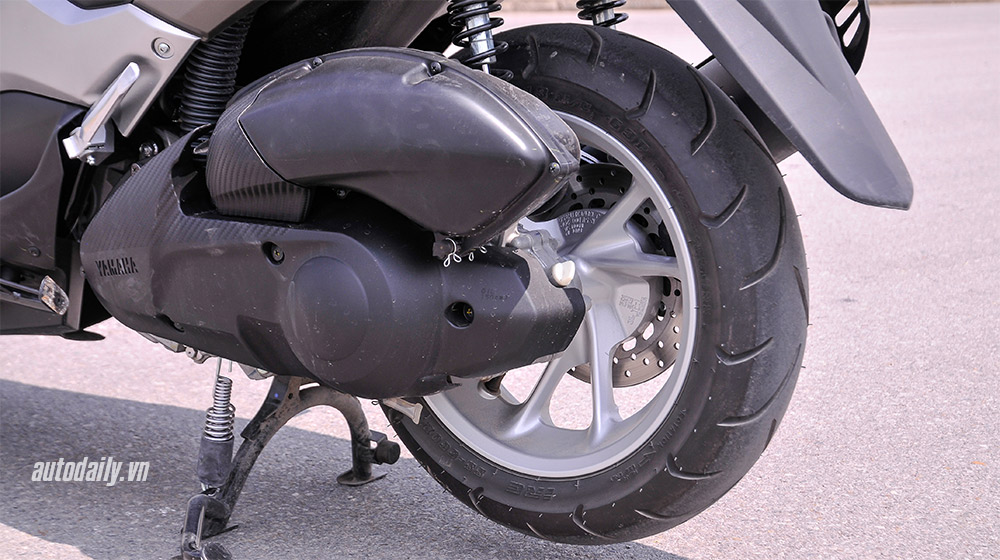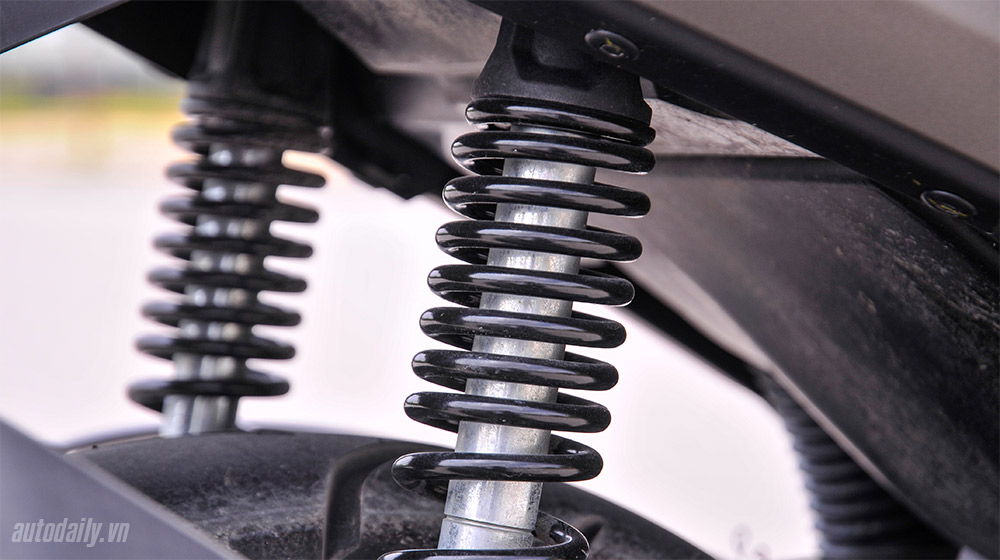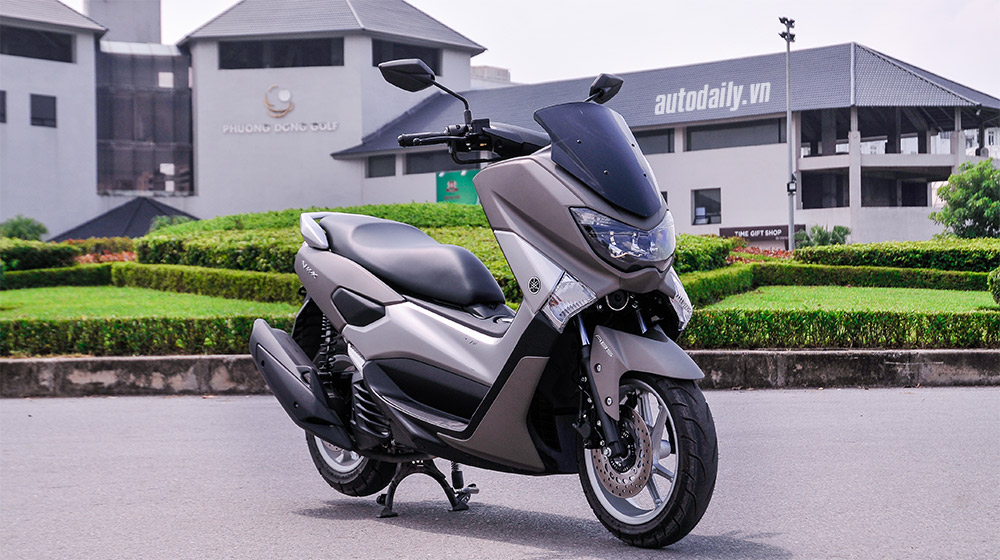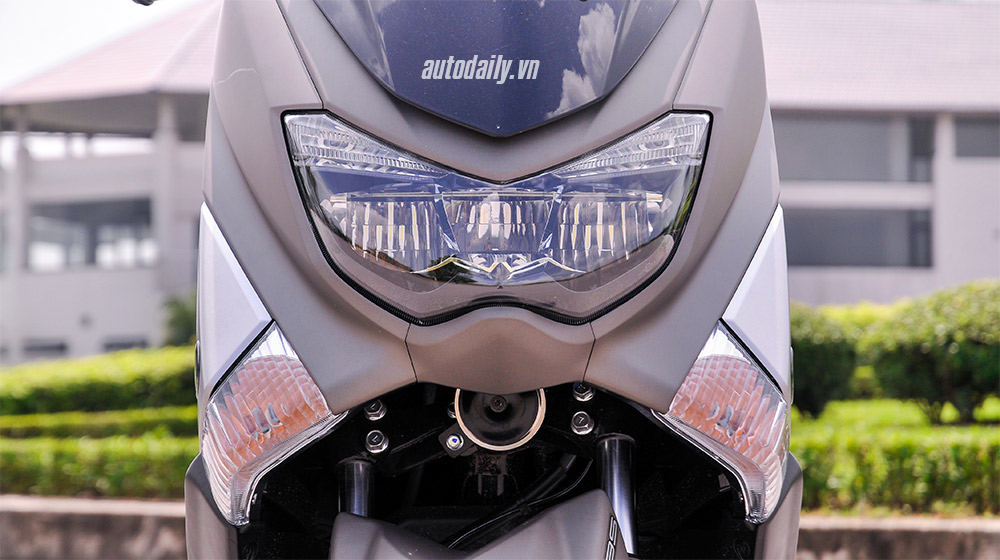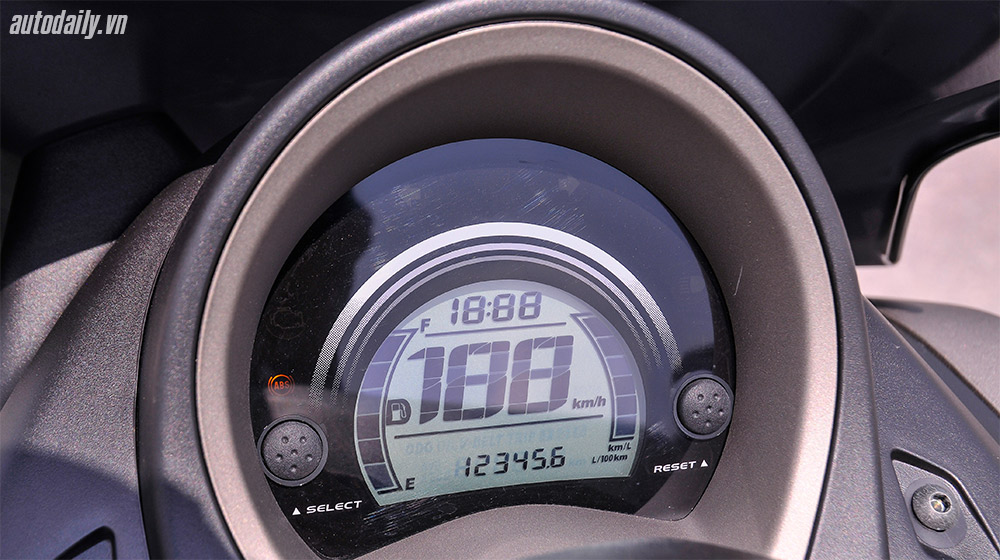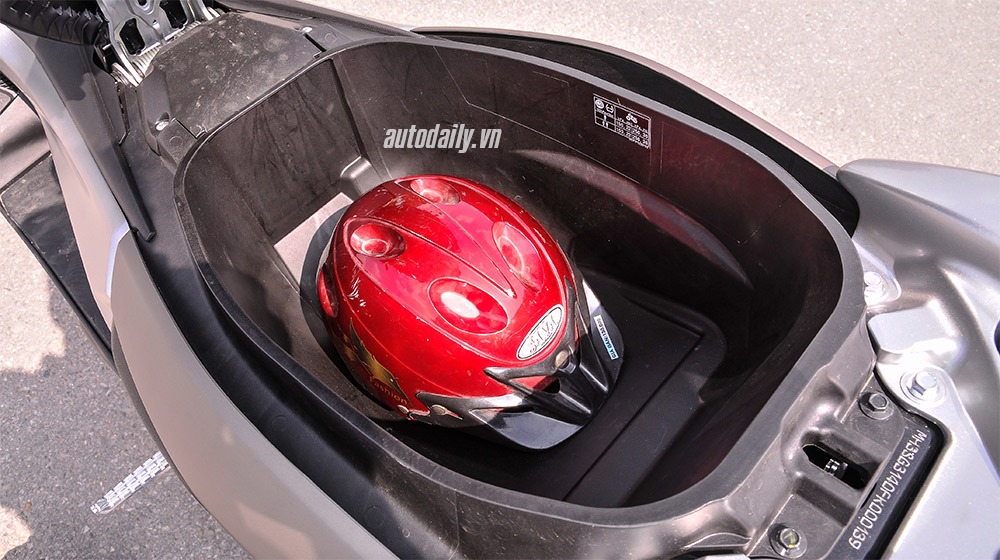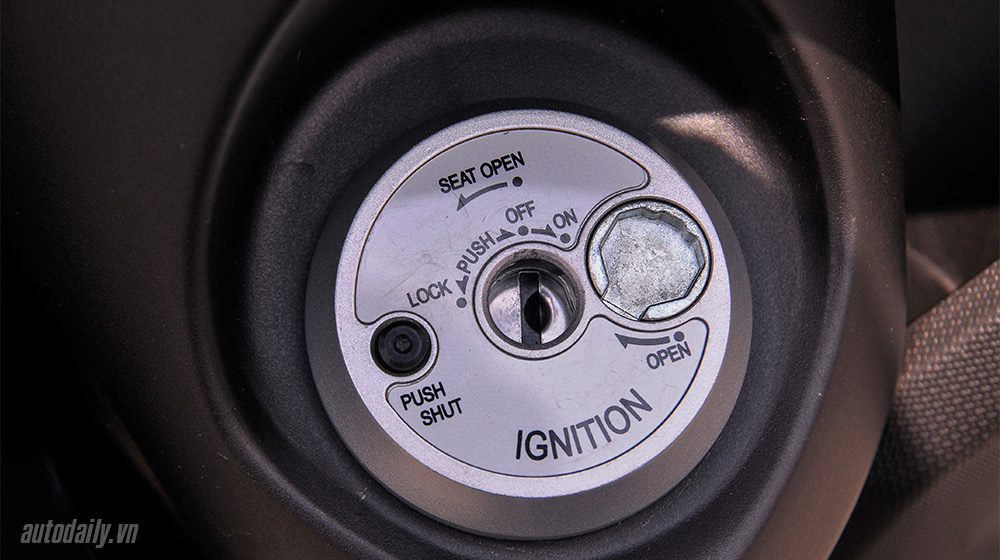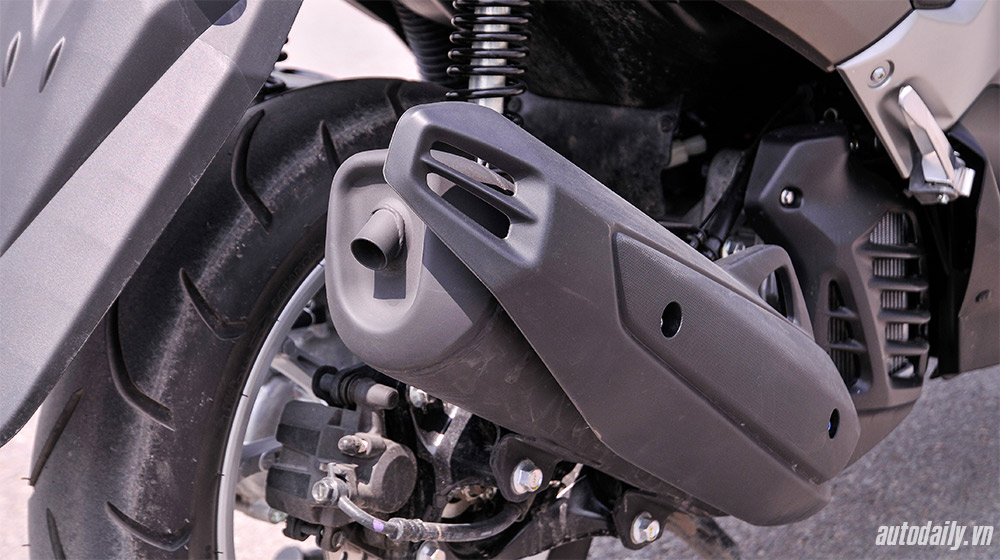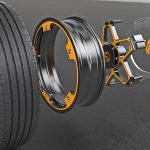Engine
The Yamaha NMax 155 2020 retains the Blue Core engine, an SOHC single-cylinder engine with a 4-valve and VVA system. It has a displacement of 155.09 cc and is liquid-cooled. The engine produces a maximum power of 15.4 horsepower at 8,000 rpm and a maximum torque of 13.9 Nm at 6,500 rpm. Compared to the previous version, it offers slightly higher power with 15.1 horsepower at 8,500 rpm and 14.4 Nm at 6,000 rpm.
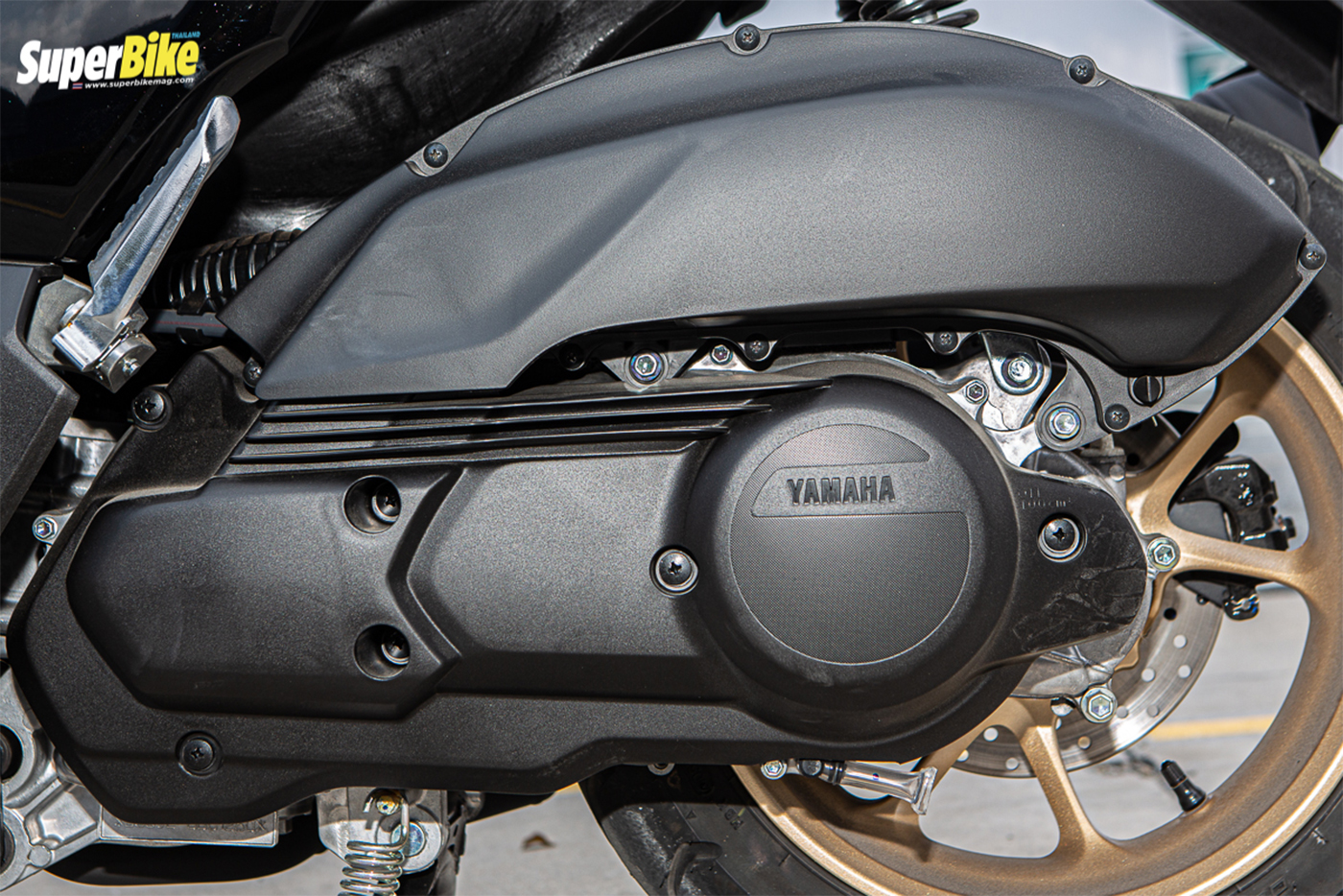
Yamaha NMax 155 ABS 2020 (left) and the predecessor model (right).
Although the engine’s technical specifications have been slightly adjusted, the piston of the 2020 version is slightly higher, resulting in an increased compression ratio of 11.6:1 (compared to 10.5:1 in the previous model). Additionally, the cylinder head has been redesigned to have a larger volume by 16%, allowing for better air intake.
Braking system and suspension system
Both versions of the Yamaha NMax 155 continue to feature the ABS braking system for both the front and rear wheels. This system enables the rider to perform emergency braking in dry or slippery conditions without experiencing any tail wags or bike skids.
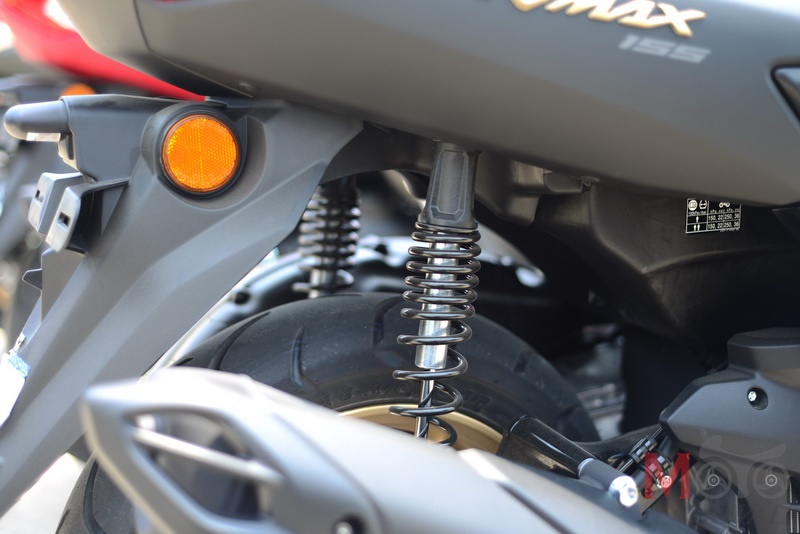
The front suspension system of the 2020 version has been revised to reduce length and increase the stiffness of the spring, resulting in a firmer suspension and lower center of gravity. This improves cornering and instills more confidence compared to the previous suspension system. Similarly, both the Yamaha NMax 155 2020 and its predecessor feature the same 3-spoke Y-shaped alloy wheels, with tire sizes of 110/70 and 130/70 respectively.
Body size
The Yamaha NMax 155 2020 measures 1,935 mm in length, 740 mm in width, 1,160 mm in height, and has a wheelbase of 1,340 mm. It offers a ground clearance of 125 mm, a seat height of 765 mm, and weighs 131 kg with a fuel capacity of 7.1 liters. Similarly, the predecessor model measures 1,955 x 740 x 1,115 (mm) in dimensions, 1,350 mm in wheelbase, 135 mm in ground clearance, a seat height of 765 mm, and weighs 127 kg, with a fuel capacity of 6.6 liters.
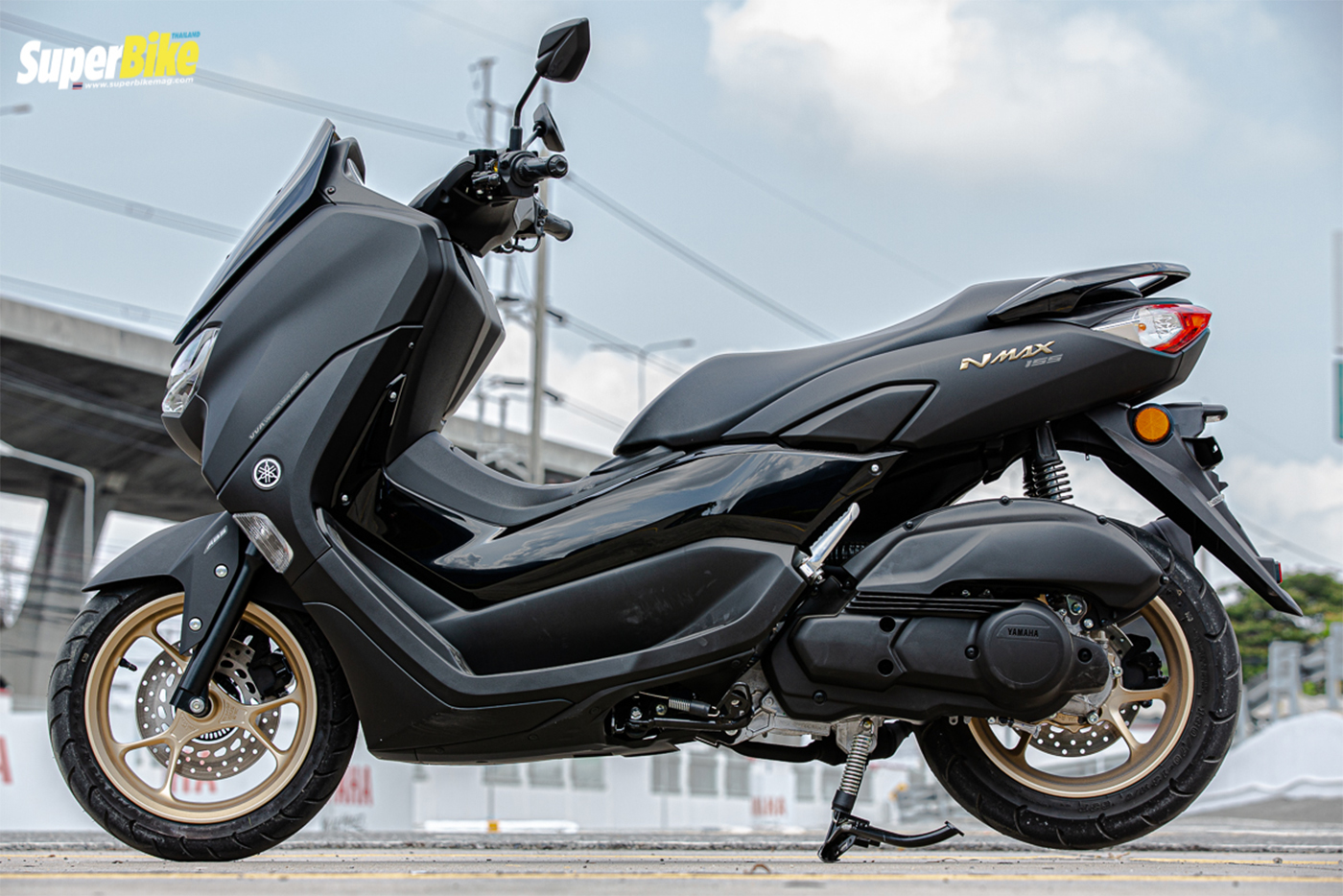
Overall design
The Yamaha NMax 155 2020 retains the distinctive design of the maxi-scooter line, with a sporty and energetic appearance. The headlight retains the same design as the previous model, but now features a LED daytime running light strip for a more modern touch.
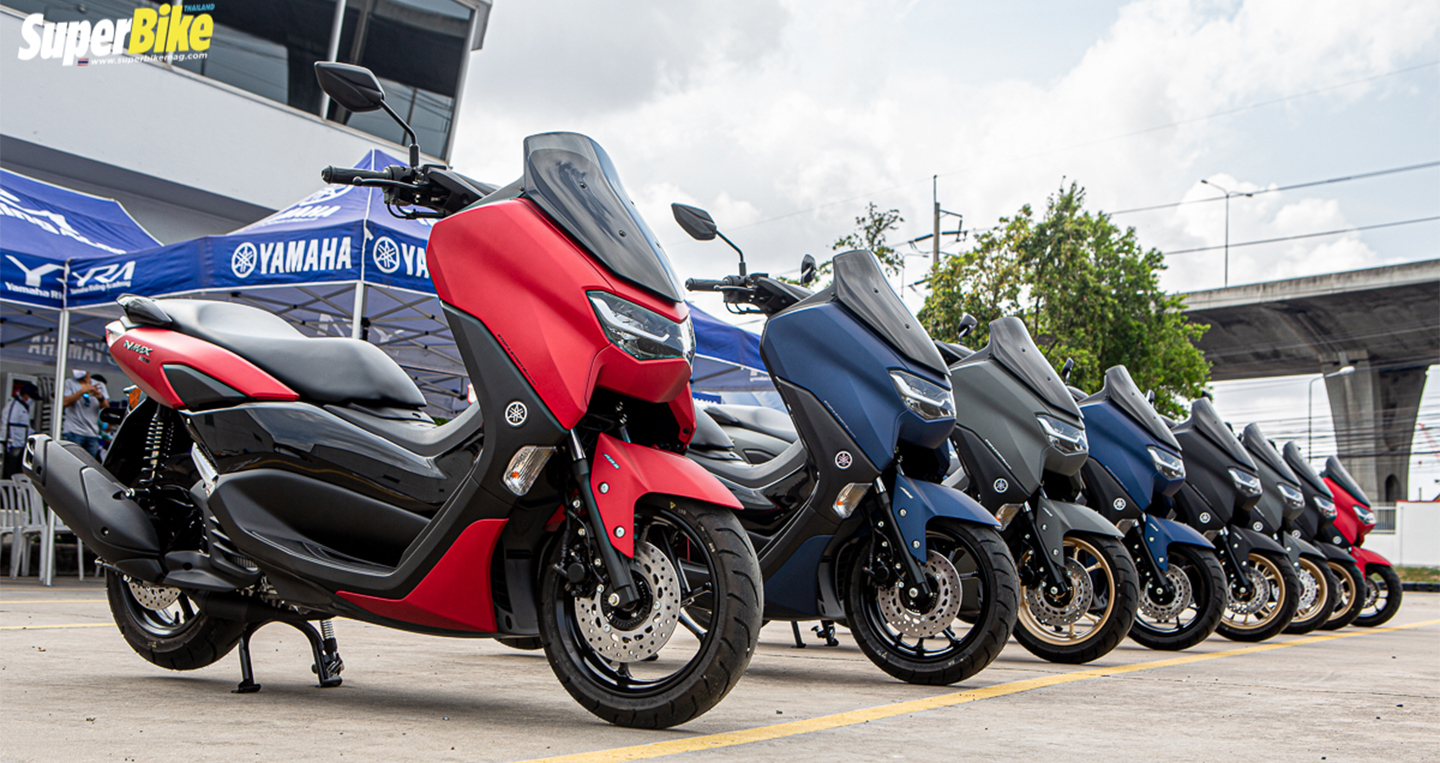
Both the front and rear lights are LED (except for turn signals), and the headlight has been redesigned. The windscreen has been made smaller compared to the previous version. Meanwhile, the taillight cluster features a slim and split design, similar to the Yamaha XMax 250.
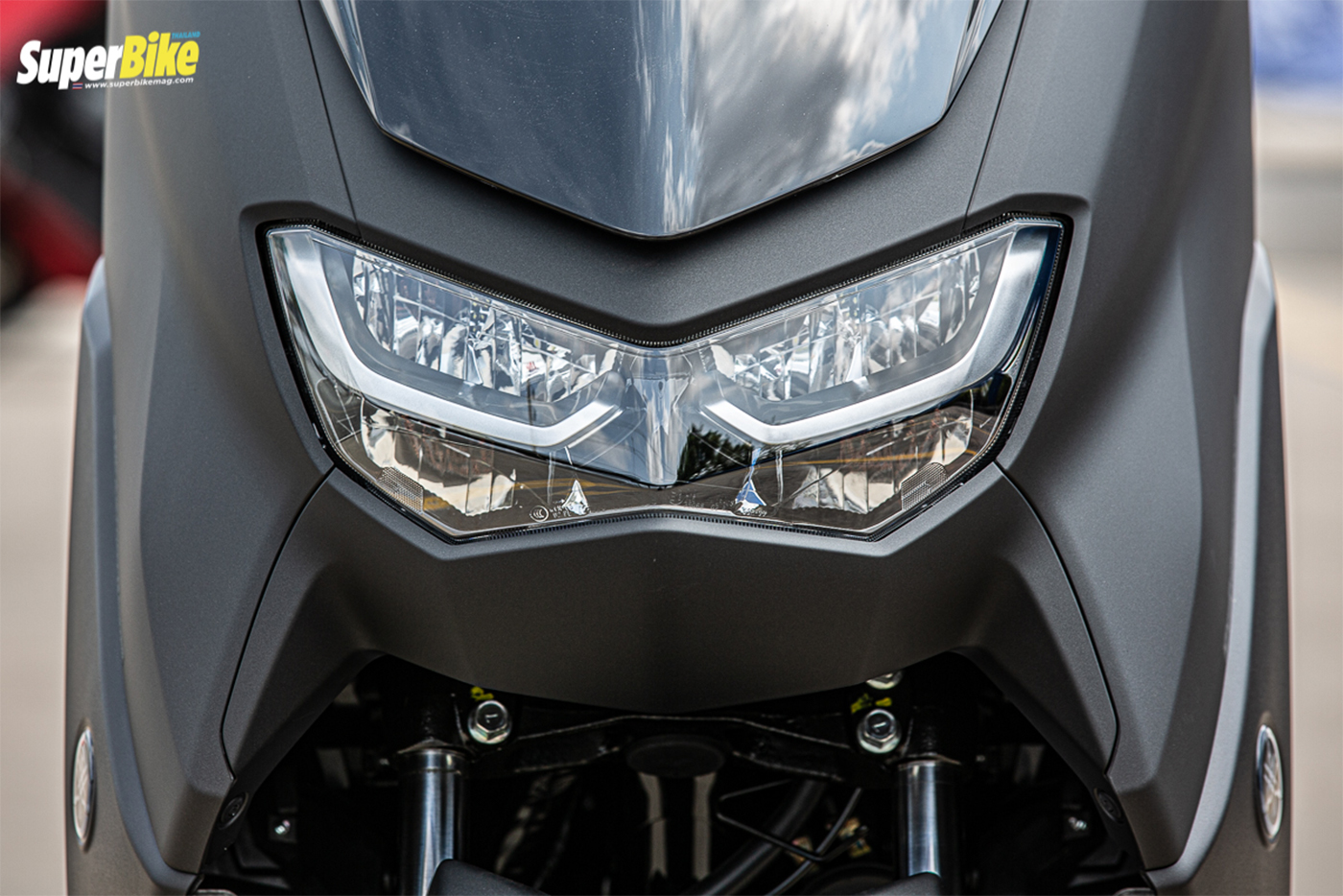
Another notable change in the Yamaha NMax 155 2020 is the rectangular LCD meter panel, which offers a user-friendly interface. This is in contrast to the circular meter panel of the previous model. In addition to displaying regular vehicle data such as fuel consumption, distance traveled, speed, and fuel level, the new LCD panel on the NMax 2020 also notifies the rider if the key is out of range or if the variable valve actuation (VVA) system is not activated.
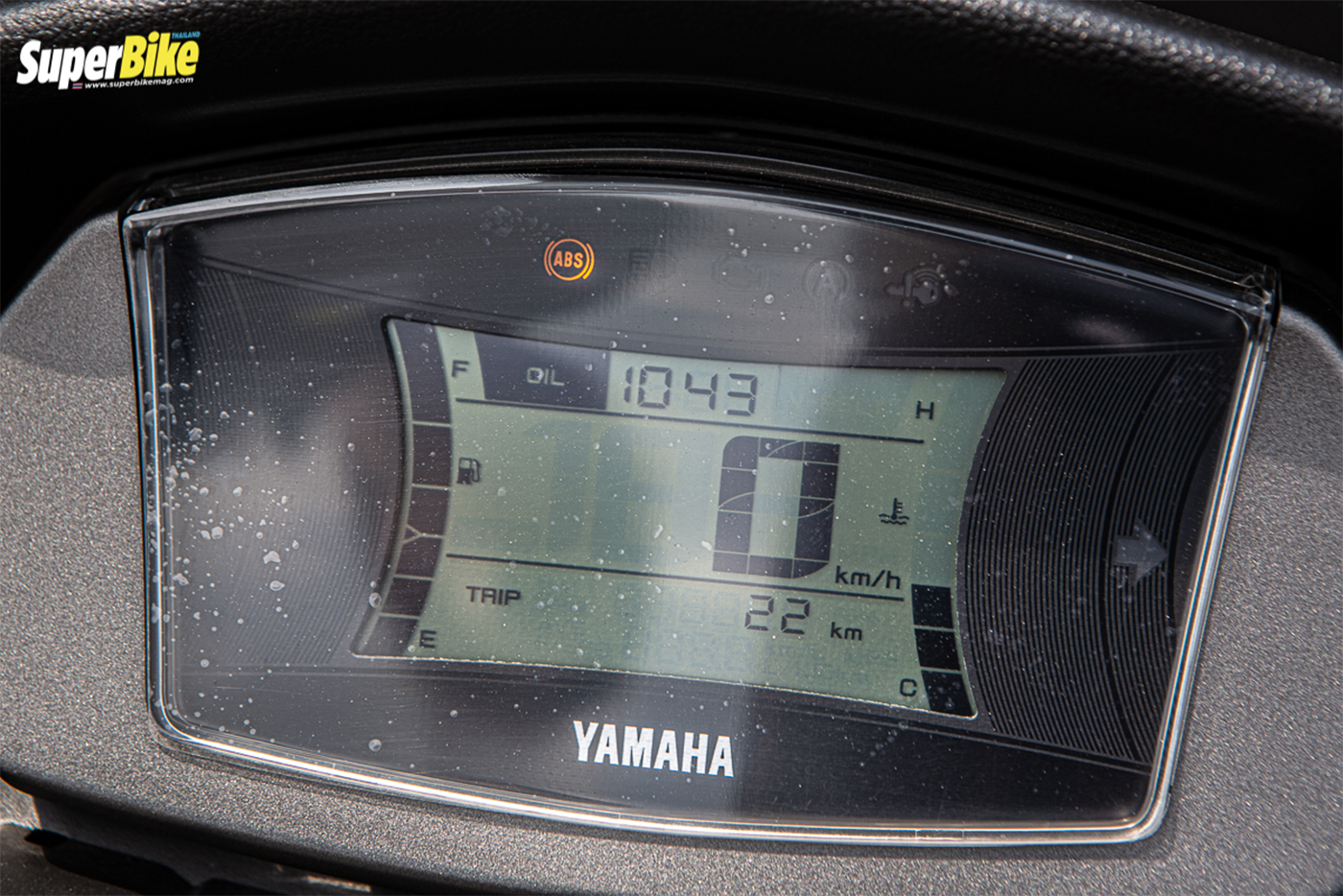
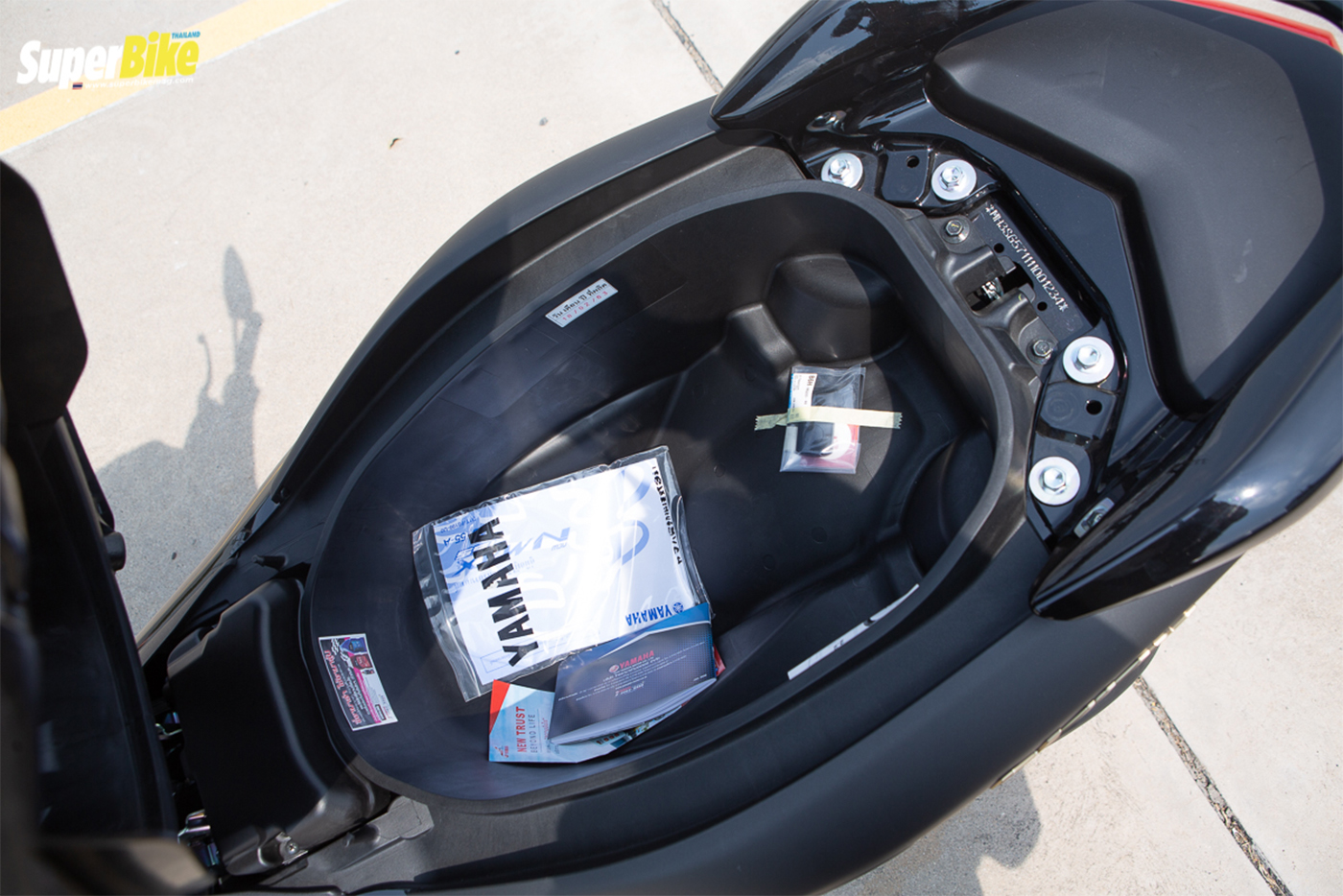
Smartphone connectivity is also available on the NMax 2020 through Yamaha’s app. The app notifies the rider of incoming messages, engine malfunctions, and upcoming maintenance schedules. It can even help users find the nearest parking area.

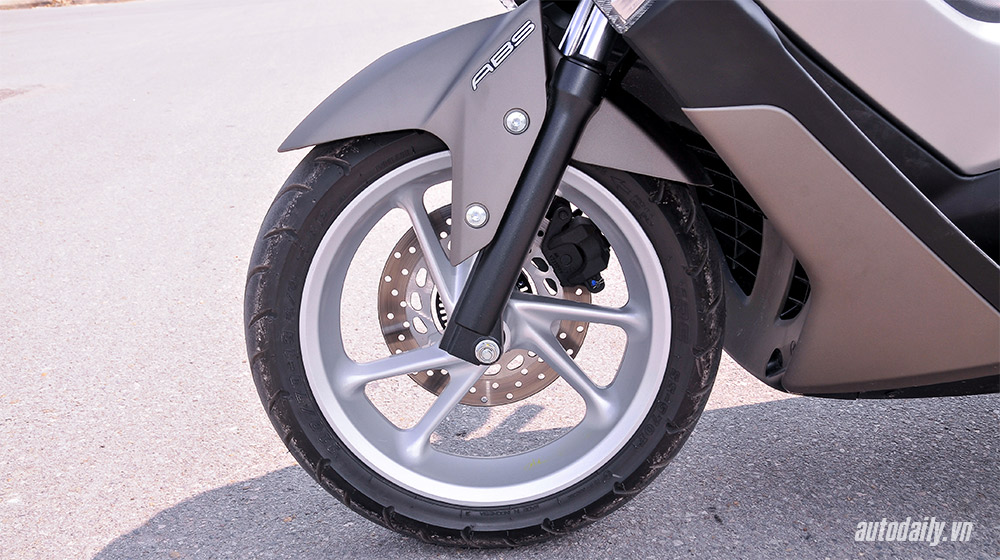
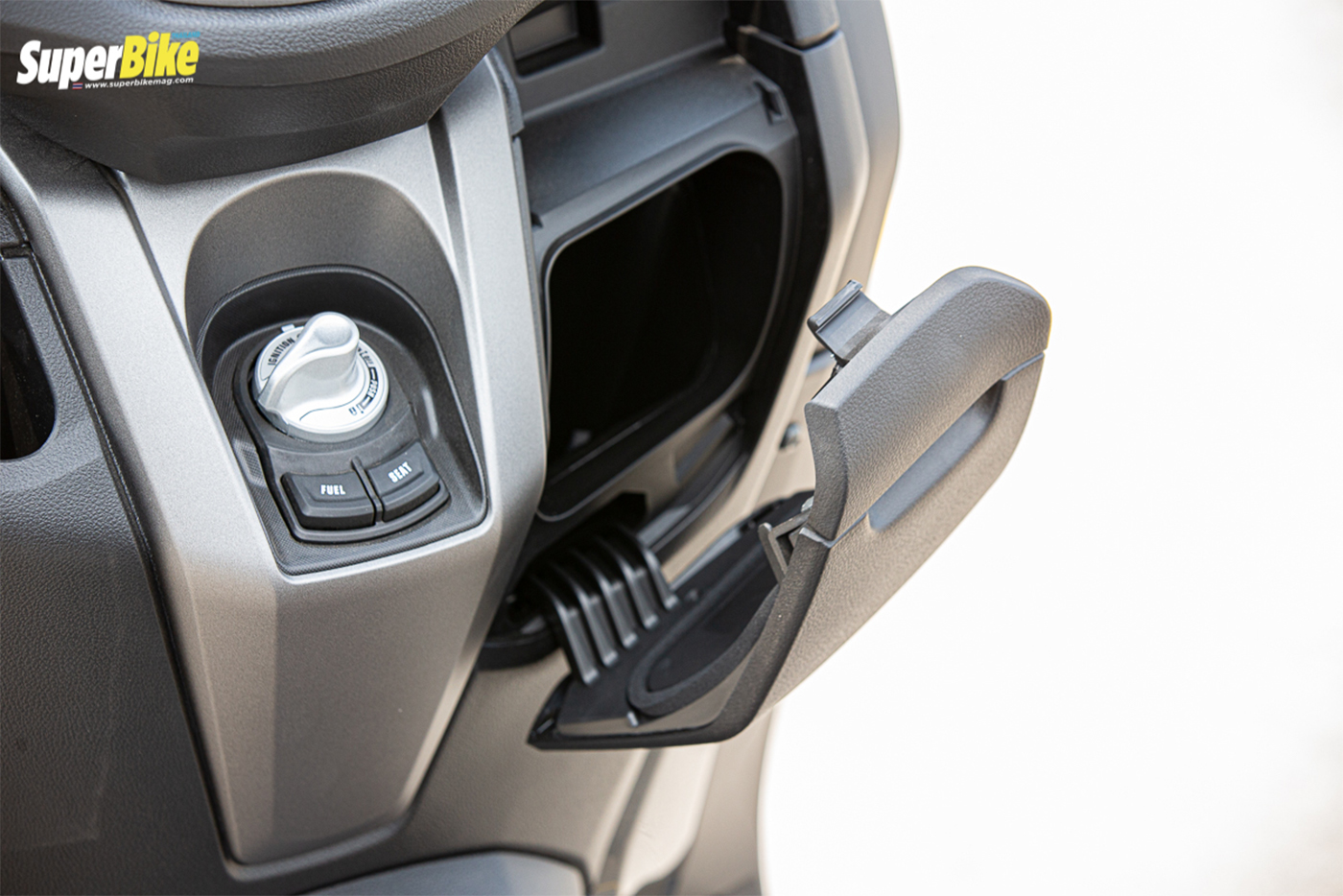
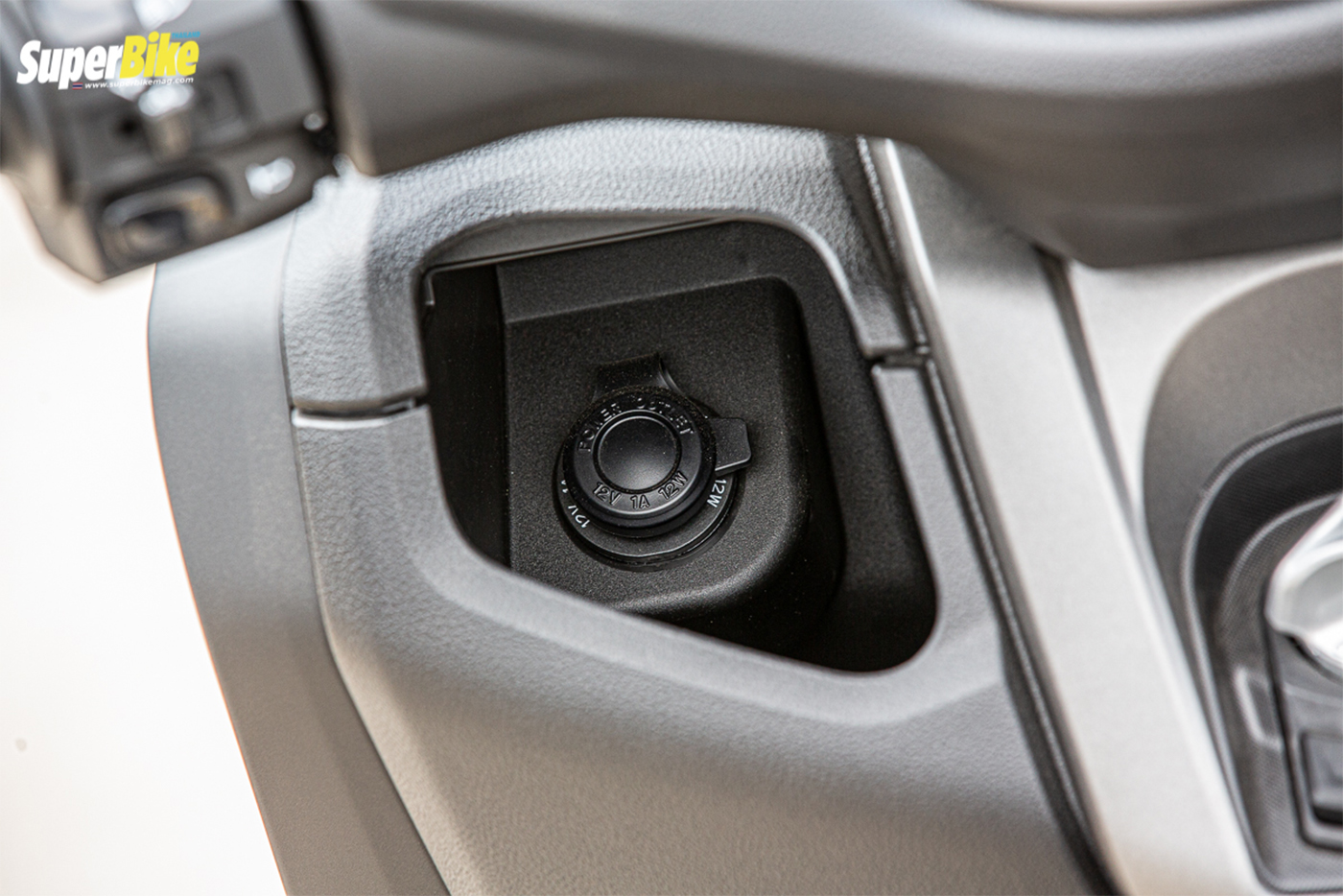
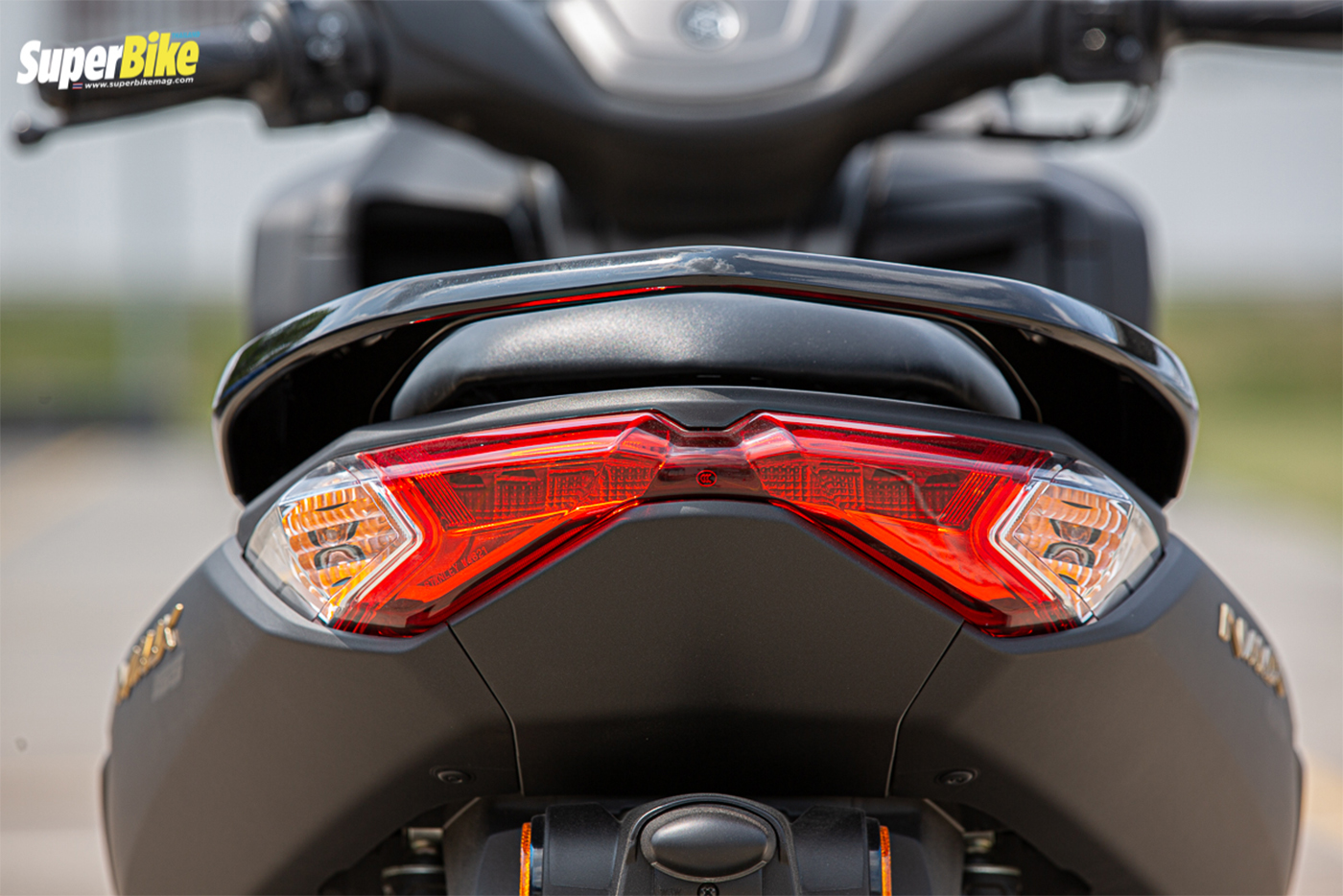

YAMAHA NM-X REVIEW: A TRUE SCOOTER FOR MEN
Thành Nhon (forum.autodaily.vn)





















